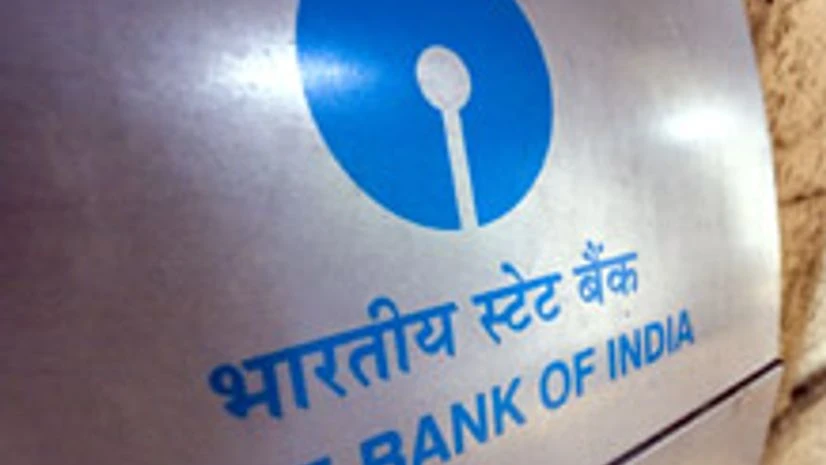Consolidation of state-owned banks is back on the government's agenda with the finance ministry evaluating the feasibility of the proposal. A call will be taken shortly on whether Finance Minister Arun Jaitley should announce the government's intent to go ahead with the mergers in the coming Budget.
The finance ministry has already discussed the issue with some large banks to figure their preparedness and they have apparently shown interest, but small banks would detest such a move. Some merchant bankers have also given their presentations on how the government can go about it.
"There has been some discussion, but the ministry wants to tread cautiously because of complex issues such as what will happen to the shareholding pattern and employees after the merger of two banks," said a finance ministry official who did not wish to be identified.
It might start by merging the State Bank of India (SBI)'s five subsidiaries - State Bank of Hyderabad, State Bank of Mysore, State Bank of Bikaner & Jaipur, State Bank of Patiala and State Bank of Travancore - into the parent.
"I think this government is as keen on the consolidation as the previous government was, but the problem is ground realities. The government should announce that bank consolidation is an imperative. It may say there will be a three to four-year agenda to do it," said Abizer Diwanji, partner, EY.
One reason why bank consolidation has not happened at the scale the government would expect is opposition from bank employees and unions, which fears there might be cultural issues when two different banks are brought together and overlapping branches would have to be closed.
Diwanji said consolidation would make sense only when the government was able to cut on duplication in branches, people and infrastructure. He added this would be the right time to go for it, as a lot of public sector staff would be retiring in the next two-three years.
Also, different technology platforms are being used by various banks and that would have to be kept in mind while merging two banks. For the purpose of achieving this synergy, the finance ministry had earlier divided banks into seven groups based on their core banking solution platform. Each group had a large bank as the coordinator of two or three small banks. The official, however, added the mergers were not being considered according to this grouping because it would not address all issues, particularly of shareholding pattern.
According to the seven groups made by the finance ministry, besides SBI subsidiaries, other small state-run banks which were put under large banks included Punjab & Sind Bank, Dena Bank, United Bank of India, Bank of Maharashtra, Andhra Bank, Vijaya Bank, Corporation Bank, Indian Bank, Allahabad Bank, Uco Bank, Oriental Bank of Commerce, Syndicate Bank, IDBI Bank and Indian Overseas Bank.
Officials said mergers were needed not just for achieving economies of scale but also for survival of small banks, which would find it increasingly difficult to operate with the entry of new private banks once the Reserve Bank of India (RBI) issues more licences. SBI, the country's largest lender, is nowhere close to the world's largest lenders. Bank of America is almost six times its size.
MERGER ON THE CARDS?
- The finance ministry has discussed the consolidation issue with some large banks to figure out their preparedness
- It wants to tread cautiously because of complex issues such as what will happen to the shareholding pattern and employees after the merger of two banks
- It might start by merging SBI's five subsidiaries - State Bank of Hyderabad, State Bank of Mysore, State Bank of Bikaner & Jaipur, State Bank of Patiala and State Bank of Travancore - into the parent
- Consolidation has met with opposition from bank employees and unions
- Different technology platforms are used by banks and would have to be kept in mind while merging two banks
See KPMG view on the Budget: mybs.in/9c3fa

)
